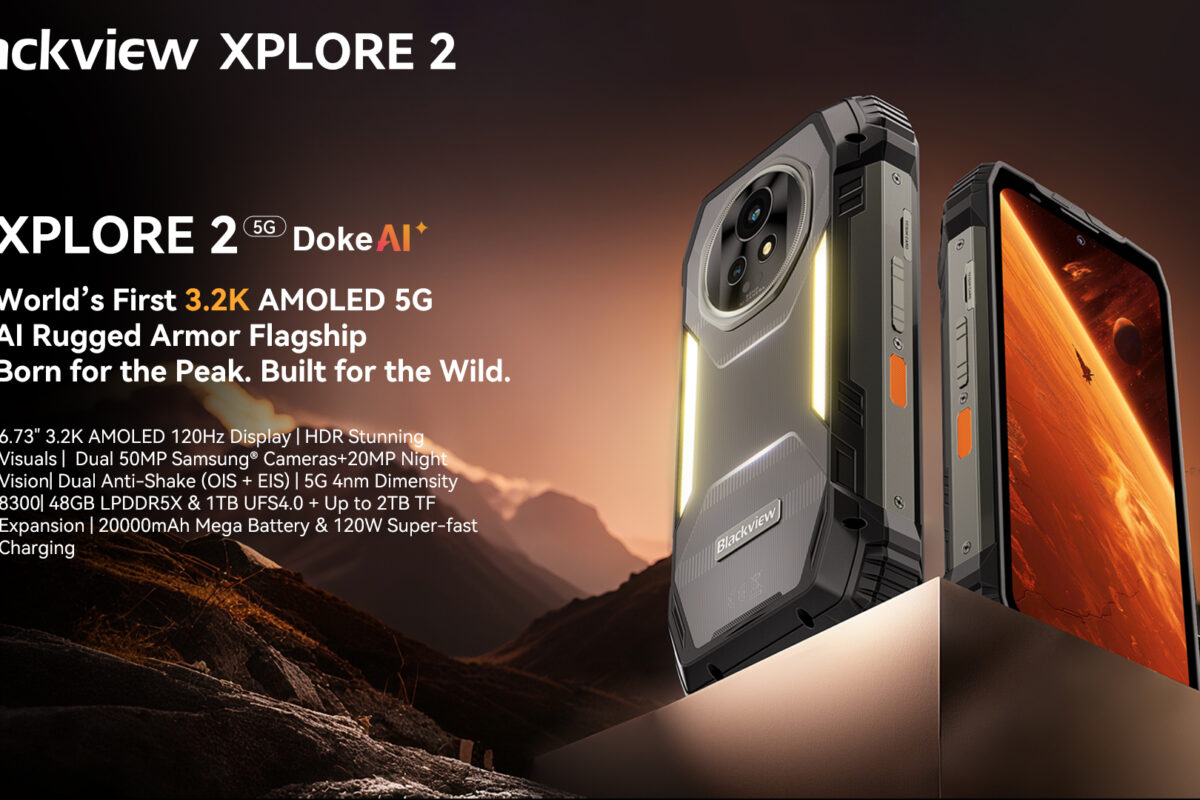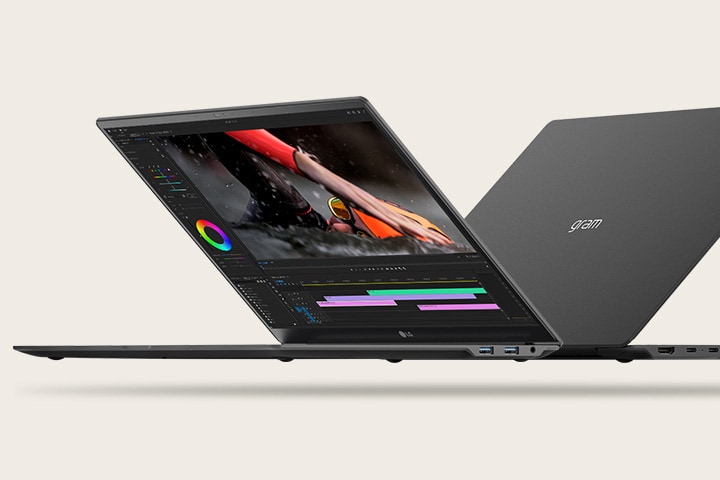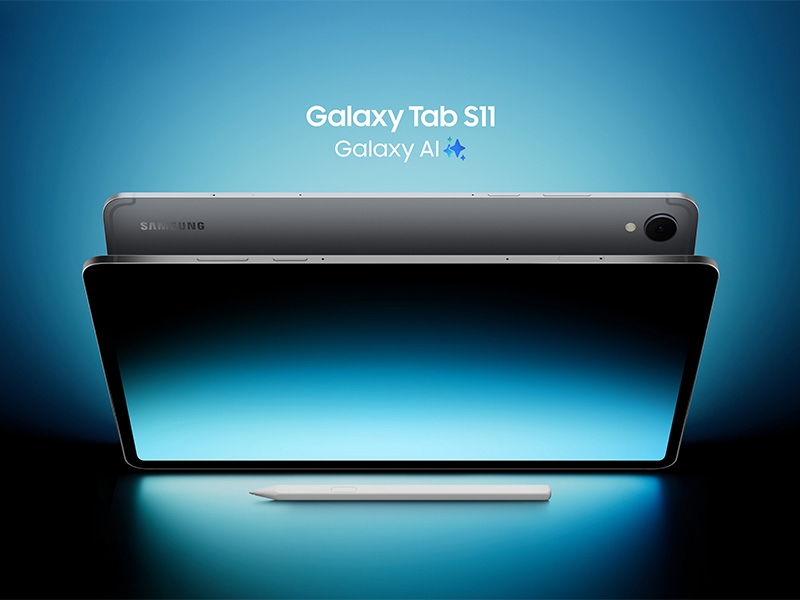Introduction
Think about this: you’re halfway up a steep trail, the sun is blazing, your phone has no signal, and your old smartwatch just died. Now imagine strapping on a watch that doesn’t just survive this kind of trip—but actually makes it easier. That’s the promise of the Garmin Venu 4.
Garmin has built its reputation on rugged, data-driven watches for athletes and adventurers. But with the Venu series, it has also targeted casual users who want a watch that looks good in the office yet performs on the trail. The Garmin Venu 4 (2025 edition) aims to strike that perfect balance.
So, is this the best outdoor watch of 2025? Let’s dive deep and find out.
Design & Build Quality
The first thing you notice when unboxing the Venu 4 is that it feels… premium. Not chunky like some rugged watches, not fragile like a fashion smartwatch, but something in between.
- Case & bezel: Reinforced polymer with a stainless-steel bezel. It feels durable yet lightweight.
- Straps: Standard silicone, sweat-resistant, but easily swappable with leather, nylon, or even metal bands.
- Weight: At just 46g, you almost forget it’s on your wrist.
- Water resistance: 5 ATM—take it swimming, snorkeling, or just wear it in the shower without worry.
- Glass: Scratch-resistant Gorilla Glass 3. Not sapphire-level tough, but more than enough for daily bumps.
Real-world use case: Hiking trip
On a weekend hike through rocky trails, the Venu 4 managed to stay scratch-free despite brushing against branches and rocks. Its lightweight design made it comfortable for the entire 5-hour trek. You don’t experience the “wrist fatigue” that sometimes occurs with chunkier outdoor watches.
Display & Performance
This is where the Venu 4 shines—literally.
- Size: 1.4-inch AMOLED.
- Resolution: 454 x 454 pixels, razor-sharp for reading tiny fitness stats.
- Brightness: Peaks at 1,000 nits, ensuring the screen remains perfectly readable even in blinding midday sun.
- Refresh rate: Smooth 60Hz scrolling.
- Always-On Display: Smarter, using adaptive dimming to save power.
Real-world use case: Trail running
Mid-run, under direct sunlight, stats like heart rate, pace, and elevation were crystal clear. No fumbling with buttons or tilting your wrist awkwardly—just a glance, and you’re good.
Performance-wise, Garmin’s upgraded chipset ensures zero lag. Switching between workout screens, maps, and widgets feels seamless. For once, a Garmin watch feels as responsive as a flagship smartwatch.
Hardware & Features
While the Venu 4 doesn’t need “RAM” in the smartphone sense, it’s got plenty of muscle under the hood for what it’s built to do.
- Processor: Garmin’s new low-power chip.
- Storage: 16GB—great for offline music, maps, and apps.
- Sensors:
- Dual-frequency GPS (huge upgrade for accuracy)
- Heart rate (Gen 5 sensor)
- Pulse Ox (blood oxygen)
- Skin temperature
- ECG-ready (regional rollout pending)
- Barometer, compass, accelerometer, gyroscope
Real-world use case: Marathon training
During a 20K training run, the dual-band GPS kept tracking accurately even under dense tree cover, where most watches usually drift. The heart rate monitor also tracked spikes during uphill sprints with impressive accuracy.
Garmin Venu 4 Full Specifications
| Category | Specs |
|---|---|
| Model | Garmin Venu 4 (2025) |
| Display | 1.4-inch AMOLED, 454 × 454 resolution, 60Hz refresh, Always-On |
| Brightness | Up to 1,000 nits |
| Glass Protection | Corning Gorilla Glass 3 |
| Case Material | Reinforced polymer with stainless-steel bezel |
| Weight | 46g |
| Water Resistance | 5 ATM (50 meters) |
| Processor | Garmin custom low-power chipset |
| Storage | 16GB (for maps, music, apps) |
| Connectivity | Bluetooth 5.3, Wi-Fi, NFC (Garmin Pay) |
| Sensors | Gen 5 heart rate, Pulse Ox, skin temp, barometer, compass, accelerometer, gyroscope, ECG-ready |
| GPS | Dual-frequency GPS (GPS + GLONASS + Galileo) |
| Battery Life | Up to 12 days (smartwatch mode), ~26h GPS + music |
| Charging | Proprietary USB-C cable, fast charging (10 mins = 1 day) |
| Music Support | Offline Spotify, Deezer, Amazon Music |
| Smart Features | Notifications, Bluetooth calls, safety alerts, fall detection |
| Colors | Black, Silver, Slate, Rose Gold |
| Price | \$399 (standard), \$449 (special edition) |
| Launch Date | September 2025 |
Software & User Experience
The Venu 4 runs on Garmin OS, designed with athletes in mind but still friendly enough for everyday users.
- Garmin Connect app: Arguably the most data-rich fitness app available.
- AI training coach: Suggests daily workouts, adjusting based on sleep, recovery, and previous performance.
- Widgets: Weather, calendar, notifications, music control.
- Third-party apps: Limited compared to Apple/Samsung, but you get essentials like Spotify and Komoot.
- Health tracking:
- Advanced sleep analysis (stages + movement + HRV).
- Stress tracking with breathing exercises.
- Menstrual cycle & pregnancy tracking.
- Body Battery score to measure energy reserves.
Real-world use case: Sleep tracking
After wearing it for two weeks overnight, the Venu 4 consistently nailed sleep patterns—light vs. deep sleep cycles matched well with how rested I felt. It even nudged me to wind down earlier on nights I was staying up too late, a subtle but useful feature.
Battery & Charging
Battery life is where Garmin stomps on its rivals.
- Smartwatch mode: Up to 12 days.
- GPS workout with music: ~26 hours.
- Fast charging: 10 minutes = ~1 day of battery.
Real-world use case: Multi-day camping trip
Three days off the grid with GPS logging and occasional music playback—Venu 4 still had 40% battery left at the end. Compare that to an Apple Watch Ultra 2, which would’ve been begging for a charger after day two.
The only downside? The proprietary charger. Lose it, and you’re stuck until you buy a replacement.
Connectivity & Extras
The Venu 4 isn’t trying to be a phone on your wrist, but it’s got just enough smarts.
- Bluetooth 5.3 for headphones & phone pairing.
- Wi-Fi for syncing and updates.
- Garmin Pay for tap-to-pay convenience.
- Music storage for offline playlists.
- Phone calls over Bluetooth (clear enough indoors, a bit muffled outdoors).
- Safety features like fall detection, SOS alerts, and live tracking.
No LTE, though—that’s the biggest gap if you want a completely phone-free experience.
Garmin Venu 4 vs Venu 3
| Feature | Garmin Venu 3 | Garmin Venu 4 |
|---|---|---|
| Display | 1.4″ AMOLED, 454×454 | 1.4″ AMOLED, 454×454, 60Hz |
| Brightness | 800 nits | 1,000 nits |
| Battery Life (Smartwatch mode) | ~10 days | ~12 days |
| Battery Life (GPS mode) | 20h | 26h |
| GPS Accuracy | Multi-band (basic) | Dual-frequency, advanced |
| Storage | 8GB | 16GB |
| Weight | 50g | 46g |
| Best For | Casual fitness + everyday wear | Fitness-first users + outdoor athletes |
| Price | \$349 | \$399 |
Key Takeaways
- Garmin Venu 3 → Venu 4: The Venu 4 adds a brighter screen, faster refresh, dual-frequency GPS, double the storage, and a longer battery. Worth the upgrade if you’re serious about training accuracy.
Pros & Cons
| Pros | ECG is not available everywhere |
|---|---|
| Gorgeous AMOLED display | No LTE |
| Up to 12 days battery | Proprietary charger |
| Dual-frequency GPS | Fewer third-party apps |
| Lightweight, comfortable design | ECG not available everywhere |
| Deep training & health insights | Pricey vs. budget fitness trackers |
Pricing & Availability
The Garmin Venu 4 launched in September 2025.
- Price: \$399 (standard), \$449 (special edition bundles).
- Regions: Available globally—North America, Europe, Asia-Pacific.
- Colors: Black, Silver, Slate, and Rose Gold.
FAQ
Yes—if fitness, battery life, and outdoor durability are top priorities. If you want LTE or a full app store, look elsewhere.
About 26 hours with continuous GPS and music playback—ideal for marathons or long hikes.
Yes, with detailed breakdowns of deep, light, and REM sleep, plus recovery insights.
Conclusion
The Garmin Venu 4 is not just another fitness watch—it’s arguably the best outdoor smartwatch of 2025.
- Athletes will love its accurate GPS, deep training data, and AI coaching.
- Adventurers will appreciate the battery life and rugged build.
- Casual users get a watch that’s stylish, comfortable, and packed with health features.
Sure, it’s not perfect—no LTE, limited apps, and a proprietary charger—but these are small trade-offs when you look at what it delivers.
I'm Salim, the creator and tech enthusiast behind this website. My passion for technology has been a lifelong journey, fueled by a deep curiosity about how things work and a desire to explore the latest gadgets and innovations that shape our world.





